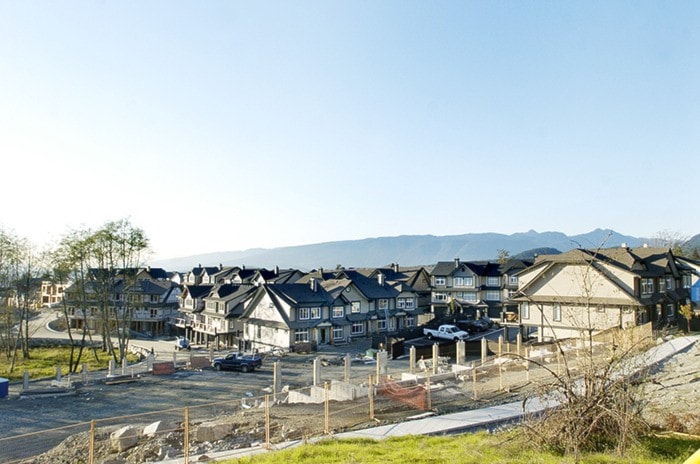According to the grand plan, Maple Ridge’s population will hit 130,000 by 2041.
But there’s no worry about where all those people will go. There’s plenty of room to build new homes and welcome the newcomers.
Residential development is not a problem in Maple Ridge, public works general manager Frank Quinn told Maple Ridge council Monday.
Instead, the issue is narrowing the gap between commercial and residential development. In that way, the municipality won’t be as dependent on residential taxes to pay its bills.
Quinn pointed out that there is room for growth in both Albion and Silver Valley as council pored over the report that explained how Maple Ridge’s long-term plan meshes with Metro Vancouver’s new Regional Growth Strategy, passed in 2011.
The RGS replaced the Livable Region Strategic Plan.
According to Quinn, Maple Ridge’s intensive involvement when the new strategy was written ensured that its issues were reflected in Metro Vancouver’s plan.
“We pretty much got everything we wanted, going forward,” Quinn said.
Metro Vancouver’s plan almost aligns more with Maple Ridge’s plan, than vice versa, he added.
During the rewrite of Metro Vancouver’s plan, Maple Ridge council had 19 separate discussions about the regional plan and forwarded 36 resolutions.
Coun. Judy Dueck said Maple Ridge had strong representation during the writing of the regional plan and noted Thornhill, east of 248th Street, is now considered within the urban boundary.
“We weren’t going to accept just anything.”
Even getting Metro Vancouver to change the boundaries between urban and rural areas, to allow more subdivisions to be built, is now more easily done thanks to an easier amending formula pushed by Maple Ridge.
Member municipalities of Metro Vancouver have to show how their local official community plans agree with the regional strategy.
Ensuring there’s enough commercial or industrial land in the district for future employment areas remains an outstanding issue, however.
A draft Maple Ridge study on that topic recommends council expand the urban boundary to include more industrial lands and the official community plan says that it reserves the right to change the urban boundary if more industrial land is needed.
Coun. Cheryl Ashlie wanted to ensure a reference to the study was included with the regional context statement.
The statement also harmonizes Maple Ridge’s own population forecasts with Metro Vancouver’s. Given infill and densification policies, the district’s population should hit 130,000 by 2041, a target that’s only 2,000 below Metro’s projections for the area.
Metro Vancouver’s Regional Growth Strategy has five goals: creating a compact, urban area, sustainable economy, environmental and climate change protection, sustainable transit and developing complete communities.
